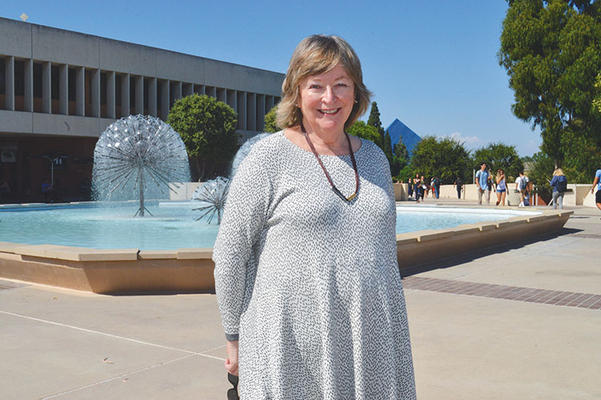
According to SmartAsset, California ranked the second best state in terms of higher education, up from 2015 when it was ranked sixth but down from last year when it was ranked number one. The 2017 study found that the state has the eighth highest graduation rate in the country at 63% and the second highest return on investment, while remaining one of the top 10 most affordable systems. However, the state and Long Beach specifically still have educational challenges to overcome and goals to accomplish.
“To me, the most important one is protecting and expanding access to higher education. We can accept only the number [of students] that the state gives us money to educate,” Jane Close Conoley, president of California State University, Long Beach (CSULB), said. “Included in accesses, I would add the notion of affordability and can we keep our tuition low enough.”
Conoley noted that this past enrollment cycle, the college received 93,000 applications, though it only admitted 8,500 students between freshmen and transfer students based on available state funding. To maintain the public institution’s affordability, Conoley said staff will continue to look for alternative revenue streams beyond state support.
Looking to the future of the campus, Conoley said she envisions expansion, namely with the addition of 5,000 more students living on campus. Along with on-campus expansion, the school is working with Shooshani Developers LLC on the CSULB Downtown Village, a mixed-use development on the corner of Long Beach Boulevard and 5th Street, as part of the repositioning of the former City Place. The project will house about 1,000 students, faculty and staff and include classrooms and gallery space.
According to Conoley, the college hopes to also expand its online class offerings and hybrid classes, as well as increase its study abroad program and pathways for educational attainment and internships.
“Last year they placed 608 students in internships, and that was 38% better than the year before,” Conoley said. “The goal is the school would be able to offer any student who wanted it an internship, preferably a paid internship.”
One of the largest undertakings in the education systems between Long Beach Unified School District, Long Beach City College (LBCC) and CSULB is the creation of degree pathways, according to Conoley. The aim of the pathways is to ensure that small learning communities within high schools teach material that is relevant to certain degrees and that major-specific classes at LBCC and other local community college are transferable to CSULB, reducing length of stay and the need to repeat classes.
Conoley said the Long Beach education system currently has about eight complete pathways, which only 30% of students are currently enrolled in, but is working to increase that number.
“It seems like a no-brainer, but it’s incredibly hard to do. Moving that from eight to 25 to 83 would be perfect,” Conoley said. “I think more articulation and more partnership is certainly in the future for us.”
Maintaining leadership’s commitment to the Long Beach College Promise and expanding the number of participants is a long-term goal of Conoley’s. Additionally, she hopes to break down educational barriers and streamline programs to better serve students. She said the college is field-testing and checking the waters to see if CSULB could implement a program similar to LBCC’s in which first year tuition is waived for freshmen.
Some of the faculty and students at CSULB have also begun discussions regarding the transition of people who have been incarcerated into the university, according to Conoley. She explained that there is a civil rights problem in the U.S. where those sent to prison lose access to certain freedoms, which is not an issue in other countries. She said the reduction in recidivism is so dramatic when these individuals gain an education that it would really help state funds and Long Beach communities.
“If people would say we’re a better community and their life is better because Cal State Long Beach is here, that to me is a fabulous community goal. And I want everybody here to say this is the best place to work. If everyone inside thought it was the best place to work and people outside thought they were better off because the university is here, I think we’d be in the perfect situation.”
